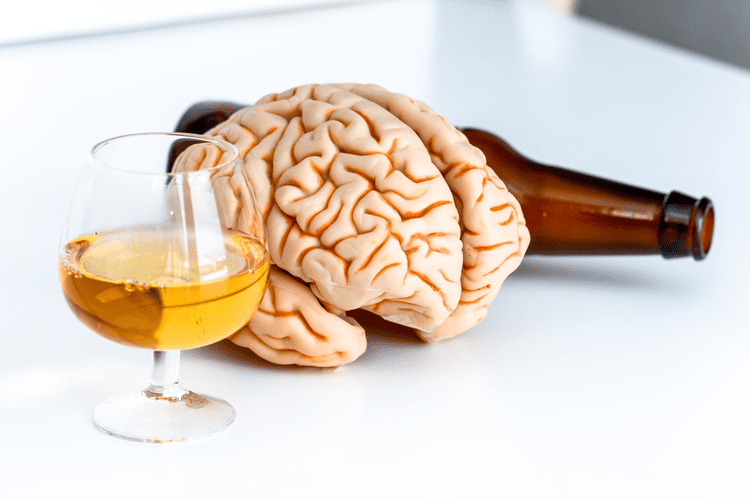First, having a tolerance means you do not notice the effects of intoxication like you would in the past. This puts you at risk of engaging in behaviors that are dangerous while drunk, such as driving. However, people who drink https://clubesiriolibanesdoparana.com.br/?p=4363 large amounts a few times a week or every day can develop a tolerance to the substance rather quickly. Ultimately, it depends on how much alcohol you consume and how frequently you drink.

How Many Pints of Guinness are Consumed on St. Patrick’s Day Worldwide?
Tolerance can develop quickly; a few days to a week of heavy drinking can cause it to take several beers for you to feel a buzz. In the United States, its legality and cultural acceptance have made it so that the vast majority of people in the country have had it at least once during their lifetime. Anyone who’s been around drinking culture enough knows the concept of the drinking game. It is a contest to see who can “hold their liquor” or drink without being significantly affected by alcohol. Several variables go into the amount you can build up alcohol tolerance drink before feeling the effects, including your size, weight, sex, and age.
Do heavy drinkers process alcohol faster?

The brain’s adaptation to alcohol due to tolerance can make one less sensitive to alcohol, leading them to drink more. In addition, tolerance can also lead to dependence and uncomfortable withdrawal symptoms when the person stops drinking. These symptoms may lead them to drink again, potentially creating a cycle of alcohol addiction.
Other related content
- Rapid cross-tolerance between alcohol and other drugs has also been observed using the tilt-plane test.
- Alcohol tolerance can lead to hangovers, which can make it difficult for one to perform tasks at work or home.
- However, rats that received the same dose of alcohol 24 h later did not exhibit these behavioral or neuropharmacological effects.
- The activation of these neurotransmitter systems that mediate the intoxicating effects of alcohol produced acute within-system neuroadaptations that involve multiple targets.
- The current notion is that even complex behavioral traits can be traced to individual molecules.
Interestingly, mutant flies with defective biosynthesis of octopamine display reductions in rapid tolerance only, whereas chronic tolerance is unchanged (Berger et al. 2004). While there are instances of metabolic tolerance, the most common types of tolerance are developed through the experience of the person drinking alcohol. The danger of alcohol tolerance is that your blood alcohol content level continues to rise and increase the dangers of overdose, even if you don’t feel the effects of alcohol. Alcohol treatment produced an anxiolytic-like response in male rats in the elevated plus maze and induced molecular effects that increased the expression of neuropeptide Y (NPY) in the central and medial nuclei of the amygdala. However, rats that received the same dose of alcohol 24 h later did not exhibit these behavioral or neuropharmacological effects.

- Moreover, tolerance appears to be necessary but not sufficient for the development of more debilitating AUD symptoms that have received greater attention and research focus, such as withdrawal, craving, relapse, or the escalation of drinking.
- This may start to counteract the effects of alcohol, leading to diminishing effects over time.
The molecular underpinnings of tolerance described in this review, including membrane lipids, regulatory RNA molecules, and channel protein subunits, may provide potential therapeutic targets for alcoholism treatment. However, a rational approach to drug development will be facilitated by a clearer understanding of the relationship between molecular tolerance and the elements of addiction, such as dependency and craving, which have not been addressed in this review. Work from a number of laboratories has highlighted novel molecular mechanisms underlying the development of tolerance to alcohol. An emerging model indicates that multiple, complex, and intertwined molecular pathways contribute to the development of different classes of tolerance to alcohol. Alcohol Use Disorder Conceptually, any type of tolerance, as an adaptational mechanism, can be seen as the maintenance of homeostasis, initially perturbed by drug exposure. However, a simple change in homeostatic state cannot sufficiently explain a number of key elements of the role of tolerance in addiction (Koob 2003; Koob and Le Moal 2001).
Does Tolerance Signal a Risk for Alcohol Use Disorders?
Moreover, alcohol has a profound effect on the brain, impacting mood and behavior. Over time, this can contribute to or exacerbate existing mental health issues, such as anxiety and depression. The process of building tolerance to alcohol can occur through regular, repeated exposure to alcohol. This doesn’t happen overnight but rather develops after sustained periods where the body is frequently processing alcohol.
